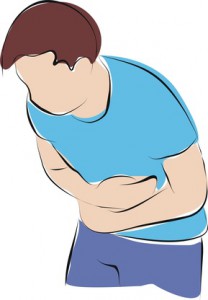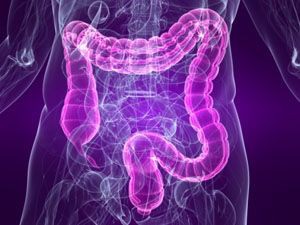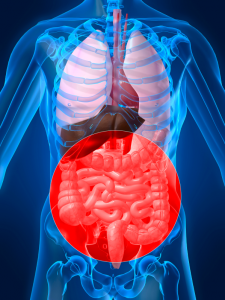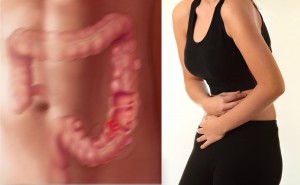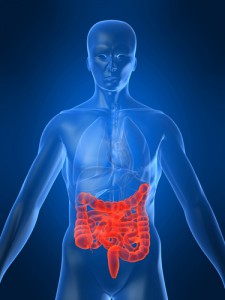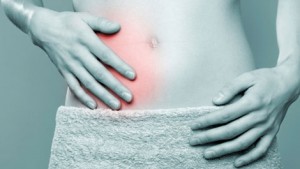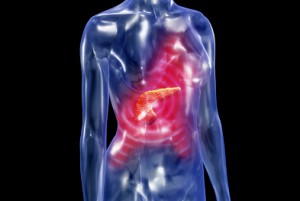As a sufferer of acid reflux, you may have already heard several facts and myths about it. Even though there are a few facts about the condition, there are also a few myths about it as well.
Here are some of the more common misconceptions about acid reflux.
One of the biggest myths about acid reflux is that there is nothing you can do about it. You can take control of it by including some lifestyle changes and trying the different medications that are available to you. Talk to your doctor about your acid reflux and how often and severe your symptoms are, as well as possibilities for treatment.
Some people so not realize the seriousness of acid reflux and just deal with it without treatment. Unfortunately, when you allow acid reflux to continue to bother you, your esophagus will weaken over time. This weakening can result in a much higher risk of cancer of the esophagus. Asthma, as well as other health concerns, will worsen during acid reflux in individuals with these conditions.
Some believe that acid reflux is also caused by stress. Even though stress can lead to a few ailments in some such as headaches and stomach aches, this is not the case with acid reflux. Some individuals have a tendency to eat more in times of stress; which may trigger the symptoms of acid reflux. This is especially true if the eating is done right before bedtime. However, many people that suffer may overeat and eat before bedtime but are not suffering from high amounts of stress.
Another common myth about acid reflux is that people who suffer from it do not take care of themselves. Even though it is true that they may have to make some lifestyle changes, such as not overeating as well as changing what they eat, acid reflux is a medical concern. Internal factors such as ulcers, hernia, and a weak esophagus can result in acid reflux.
Even though acid reflux is the result of the body making too much acid in some people, it is not the case for everyone who has it. Some people may reach for medications that reduce acid but may still suffer from acid reflux. However, the acid may be getting into regions of the body where it shouldn’t be. Instead of reducing the amount of acid, some need to work to resolve stomach acid moving into the esophagus.
Some people my hear that the intake of proteins have to be reduced in order to relieve acid reflux. However, if protein gets cut from your diet, you will deprive your body of an important nutrient. Instead of reducing your protein intake, or cutting it out completely, try changing your protein intake from fatty foods to more lean meats.
You may have also heard that you should avoid all caffeine when you are treating acid reflux. Caffeine, if consumed in moderation, can be helpful with reducing acids in some people. Green and herbal teas have plenty of helpful ingredients and you may want to replace your consumption of sugary sodas with them.
There are several options that are available to you when it comes to acid reflux relief; from lifestyle changes to medications that are over the counter and prescription to surgery. Talk to your physician about a treatment that is right for you.
